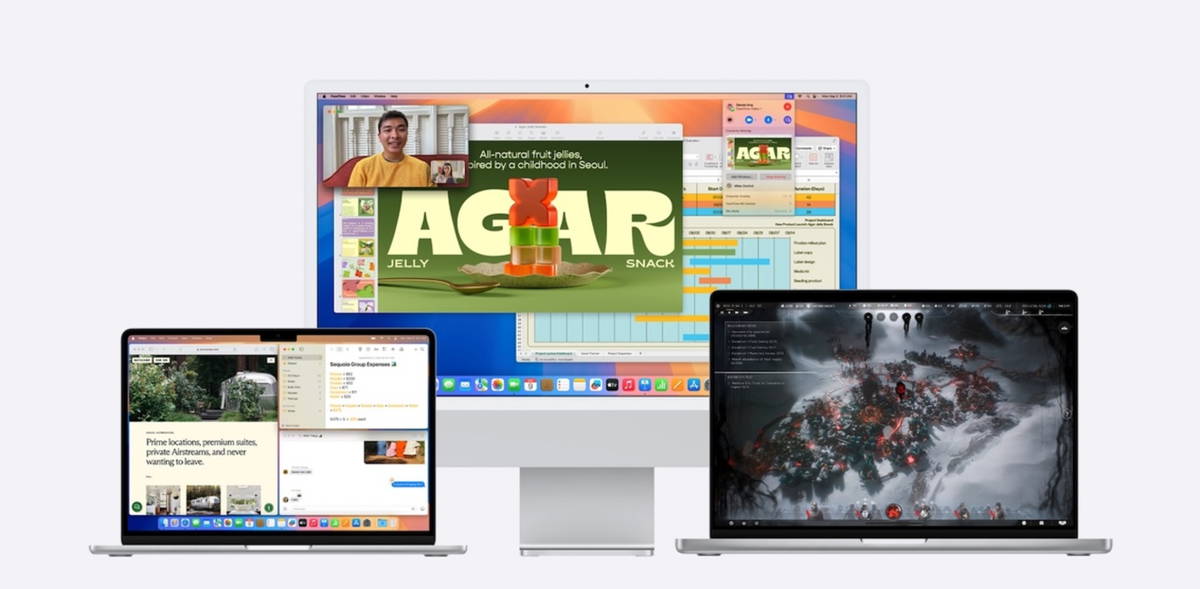Despite the high levels of security of the platforms, it is virtually impossible to avoid data leaks of all kinds. From our simple first and last name to the email accounts and passwords we use. And the worst part of all is that it is not visibly exposed, but cybercriminals are leaking it on the dark web.
Fortunately, there are ways to Check if your data has been leaked and protect yourself to prevent this from happening again or happening again. All of this can be applied from your iPhone, so you won’t need much computer knowledge to do it either.
This Google Tool Locates Your Data on the Dark Web
Given the peculiarities of the dark web, whose essential characteristic is not to have its content indexed, it is impossible to locate our data filtered through search engines as we would do in other circumstances. This is why specialized tools such as Google become important, because they not only access the dark web, but also inform you in the event of a personal data leak. Yes, You have to hurry because it will no longer be available.
At the moment, access to this is done from the Apple One website without the need for a Google payment account. Simply log in with your main account and click on “Try Now” under “Dark Web Report”. After that, you need to click on “Run Analysis” then it will start a scan which, a priori, should not take more than a few seconds.


Examples of results in the Google tool. In the first case, no leaks detected. In the second, several problems encountered
They only exist of the possible results after analysis. In the best case, you will be informed that no leaks from your account were found on the dark web. In the worst case, you will be able to see a summary of the results and expand them on the corresponding button. This way, you will be informed in detail about all the data that has been leaked.
Another tool that will help you find leaks


Two more examples of possible negative and positive outcomes with the ‘Have I Been Pwned’ site
Google is not the only tool capable of search your data among the leakswhether or not they come from the dark web. One of the best known is the one called “Have I Been Pwned”, also accessible via its website.
It is one of the most popular and you will be able to view leaks related to different email accounts (including those from iCloud or that you use as your Apple ID). Simply type said account into the text field and click the “pwned?” button to begin the search.
Protective measures, whether or not your data is disclosed


Image: Apple
It doesn’t matter whether your data appears filtered or not. It’s still important take additional security measures
- Use random, long and different passwords always combining different alphanumeric characters and symbols. Of course, it is a good idea to avoid using one password for multiple accounts.
- Change your password relatively frequently. It is not necessary to do it every week or even every month, but it is advisable to set reminders to change it every 6 to 12 months.
- Always add two-factor verification. In the case of Apple, it is extremely simple to enable two-factor authentication for the Apple ID, since it can be done from the settings of the iPhone, iPad or Mac.
Likewise, it is practical use a password manager and two-factor codes. The same iCloud Keychain built into Apple products as standard may be enough. In iOS 18, it will become a standalone app, so in the end it will be much more convenient.
By | Xataka
In Applesfera | iPhone Anti-Theft Mode: How to Enable Apple’s New Feature
In Applesfera | Six ways to find the IMEI of our iPhone








